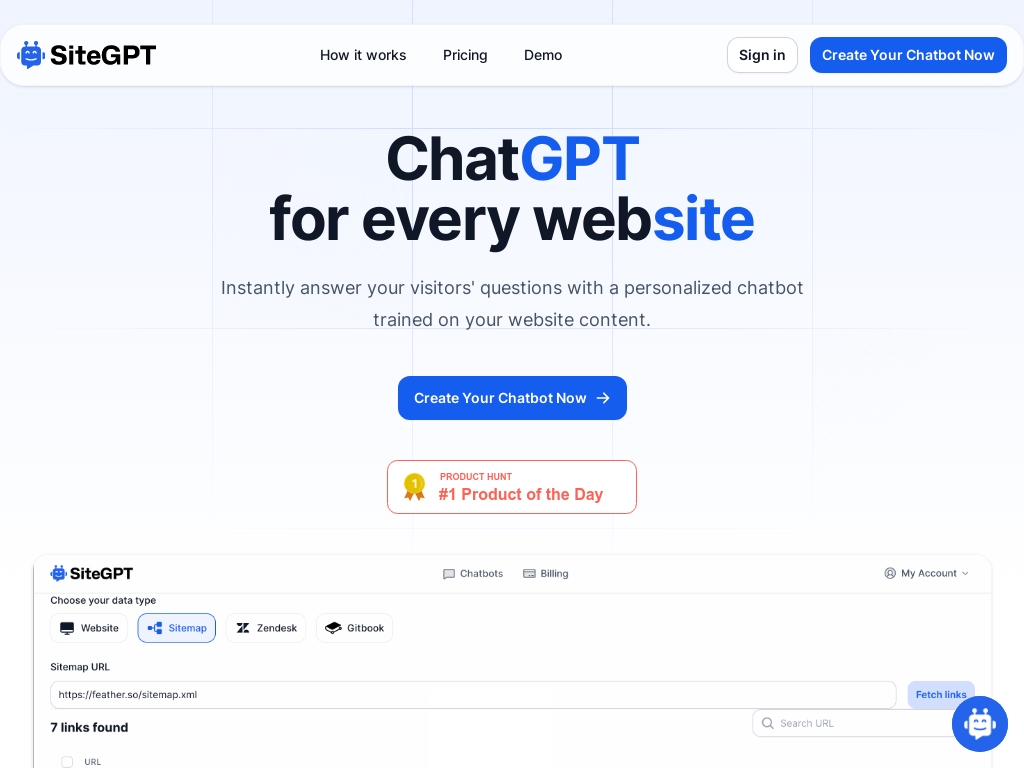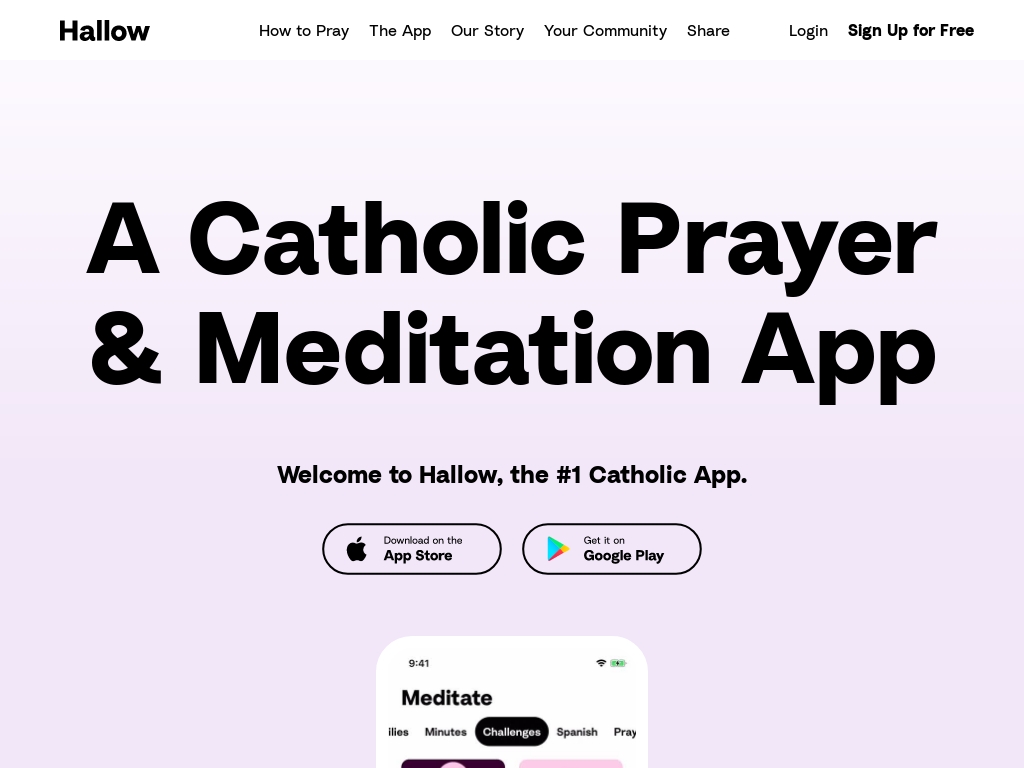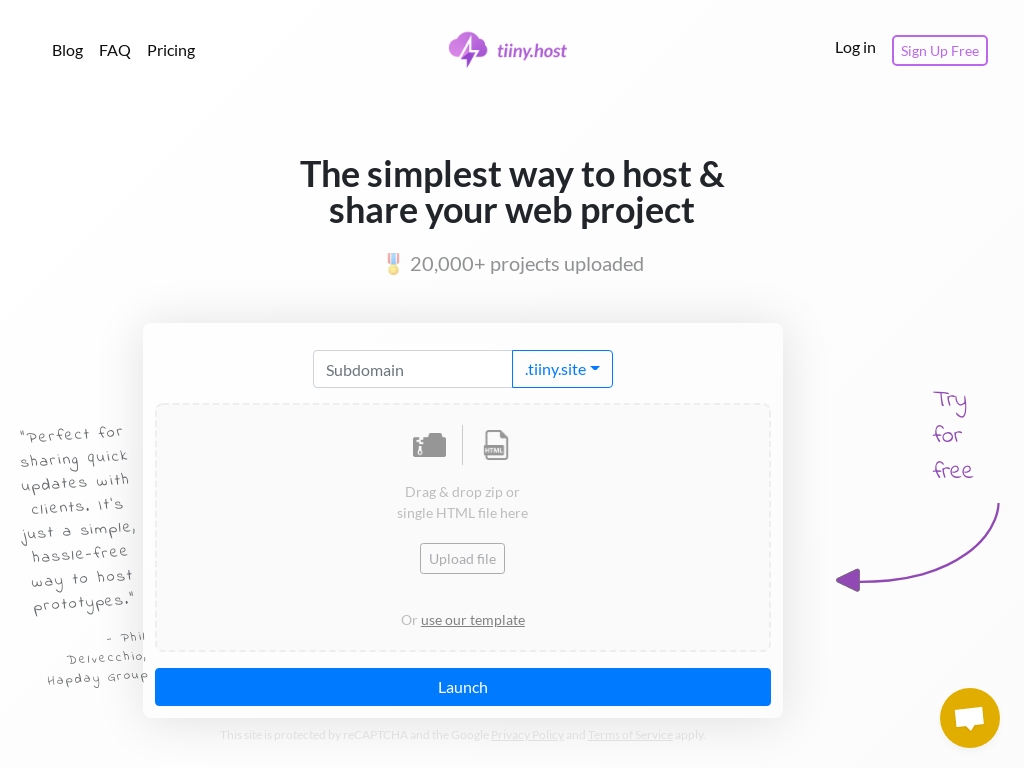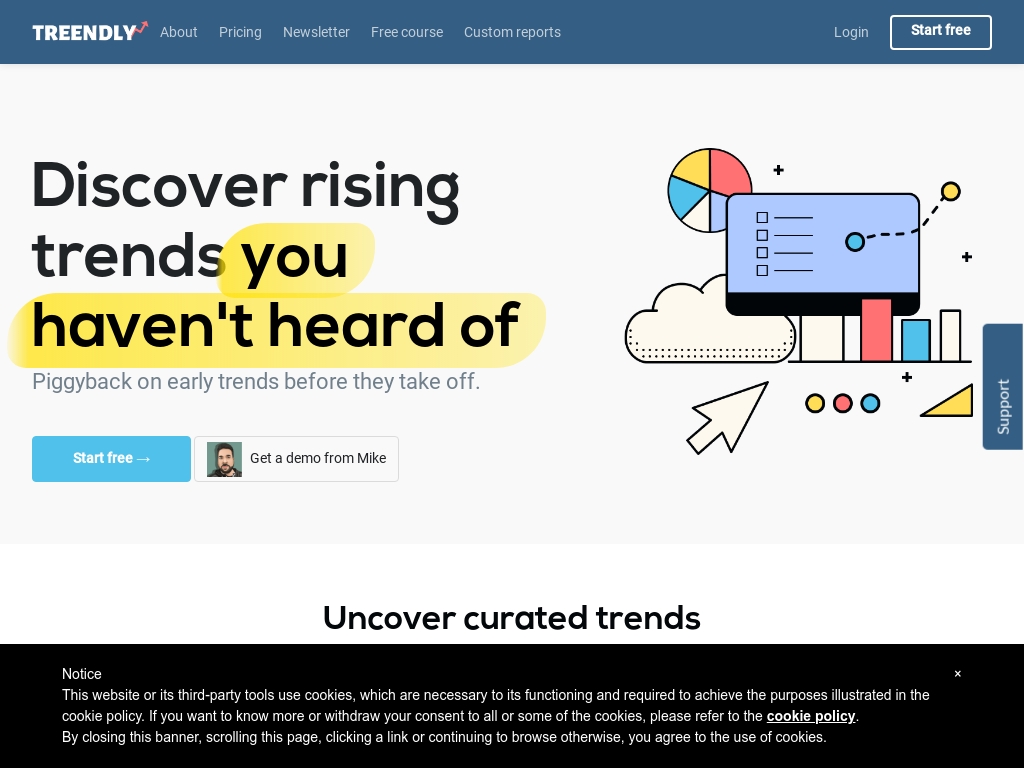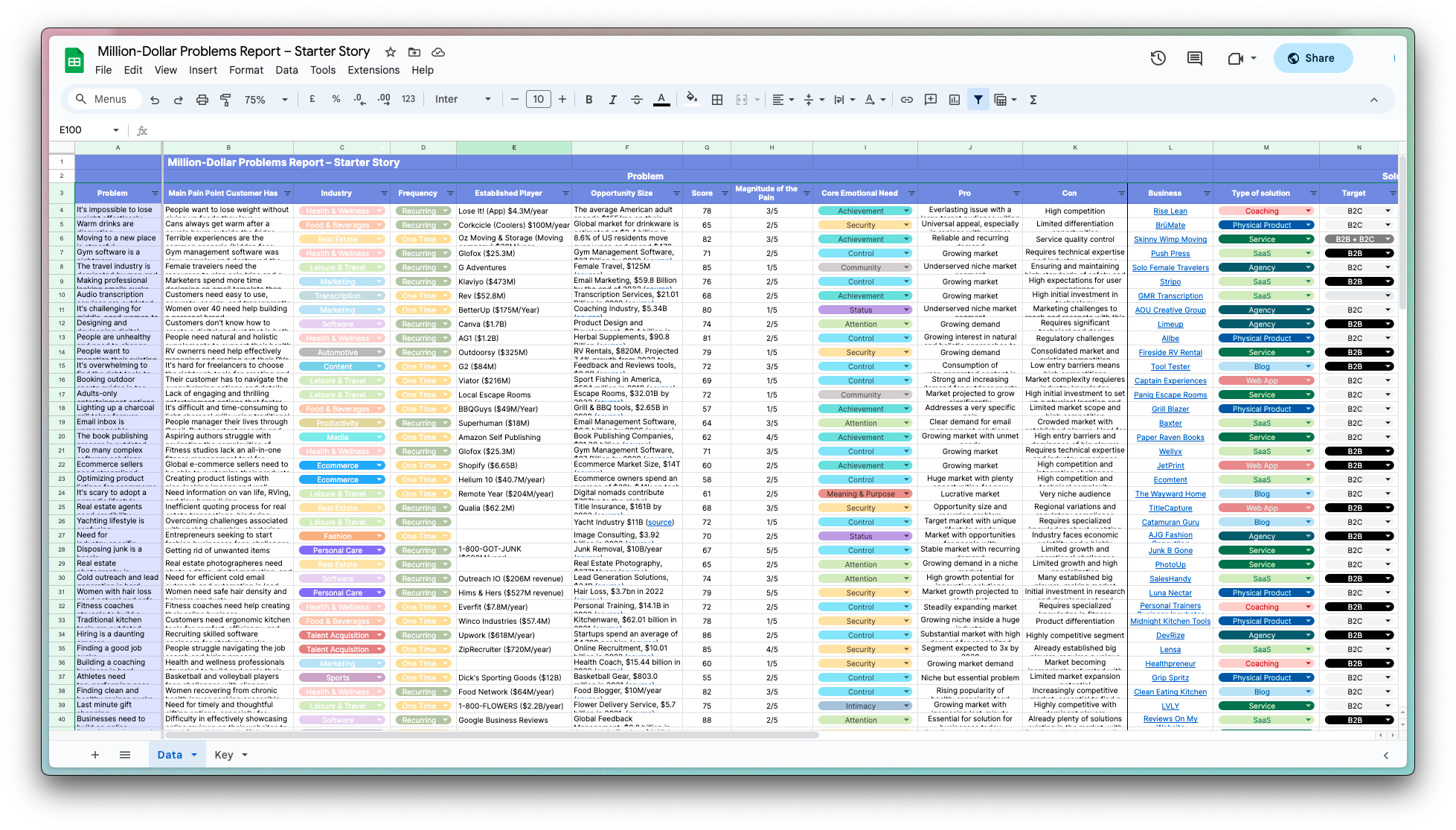
AgentSync: How Two Founders Built a SaaS Unicorn in 3 Years
Who is Niji Sabharwal?
Niji Sabharwal, originally from Northern California, co-founded AgentSync with his wife, Jenn Knight. Sabharwal has a background in sales operations, having worked at Zenefits, where he encountered significant regulatory compliance challenges, leading him to identify a gap in the insurance tech market.

Jenn Knight and Niji Sabharwa, AgentSynch Co-foundersl
What problem does AgentSync solve?
AgentSync helps insurance companies by simplifying the complex and time-consuming process of agent licensing, compliance, and onboarding, making it easier for agents to start selling products without unnecessary delays.
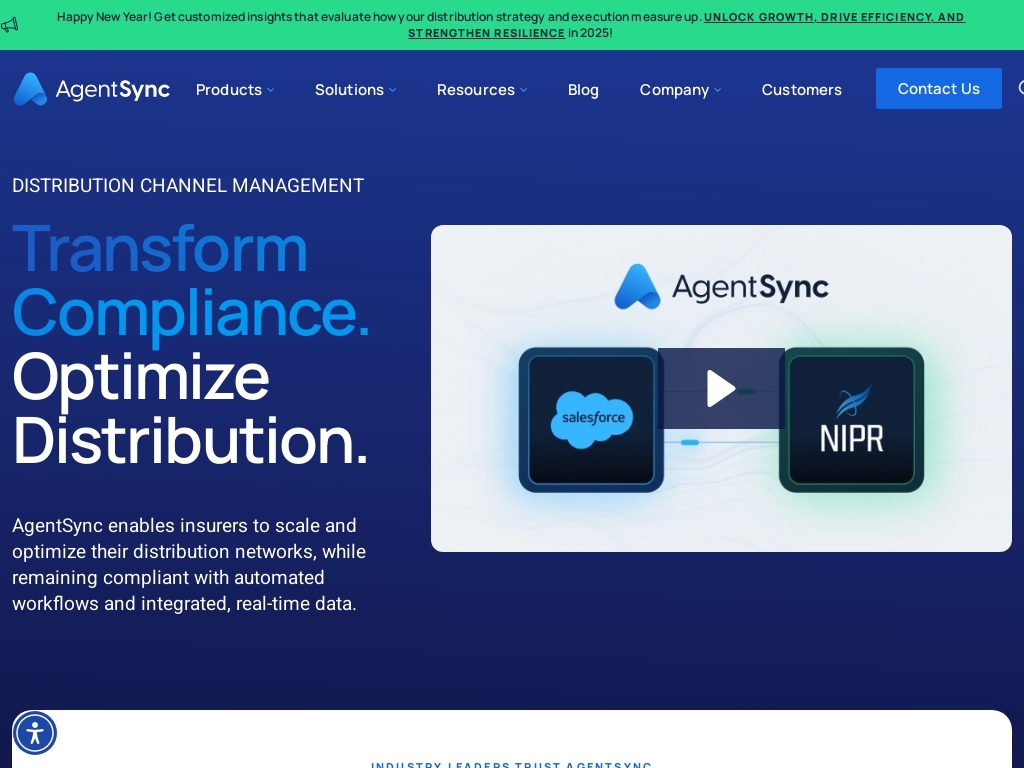
How did Niji come up with the idea for AgentSync?
Niji Sabharwal identified an opportunity for AgentSync while working at Zenefits, where he faced significant challenges with insurance regulatory compliance. As insurance agents needed proper licensing, the lack of streamlined processes caused major inefficiencies in the industry. Niji realized this was a widespread issue affecting many insurance agencies and believed that building a tech solution could address it.
Observing firsthand the pain points within the industry, Niji began engaging with various agents, carriers, and agencies to thoroughly understand their day-to-day challenges. These conversations validated the need for a more efficient compliance system, as he learned about the time and effort required to manage agent onboarding and compliance. With his partner Jenn, they began working on a solution, spending evenings and weekends building the product while she still held a full-time job.
Faced with skepticism from industry insiders who doubted the significance of the issue, they persevered by focusing on feedback and continuously iterating their product. Listening to the excitement of early potential customers helped them refine the tool's features to align with real-world needs. Through this journey, they learned the importance of persistence and an iterative process in building a product that not only solves a problem but also delivers tangible value to its users.
How did Niji Sabharwal build the initial version of AgentSync?
Jenn Knight and Niji Sabharwal, co-founders of AgentSync, developed their initial product over several months while balancing their primary jobs—Jenn at Dropbox and Niji at Zenefits. They used Salesforce as their platform, drawing on Jenn's experience to benefit from features like reporting and dashboard availability. This choice allowed them to bypass numerous foundational coding tasks, significantly expediting their development process. Their first prototype was built upon an XML and SOAP API data integration with the National Insurance Producer Registry, which took about six to eight months before they attracted their first customer. Early challenges included understanding regulatory intricacies across various states and convincing industry insiders of their need, given their initial skepticism toward two tech outsiders. Despite these hurdles, the foundational legwork and direct market insights enabled them not only to secure customer buy-in but also to iteratively build out a comprehensive solution that appealed broadly within the insurance industry.
What were the initial startup costs for AgentSync?
- Bootstrapping: Initially, AgentSync was bootstrapped with personal savings, with the founders funding everything from their checking account for the first year and a half.
- Funding Round: The company raised $4.4 million in a seed round in June 2020, followed by $6.7 million from Craft Ventures a couple of months later. The Series A round raised another $25 million in early 2021, totaling $36 million over nine months.
- Employee Growth: From early 2020 to 2021, the company expanded from a team of seven to 75 employees.
What was the growth strategy for AgentSync and how did they scale?
Content Marketing
AgentSync significantly leveraged content marketing as a tool to build authority and credibility in the insurance sector. They focused not only on their technology but on providing valuable, insightful content about the broader insurance industry. For instance, their articles demystified complex insurance concepts and trends, showing potential customers that AgentSync not only understood the industry but could also offer solutions to common challenges.
Why it worked: Content marketing helped position AgentSync as a knowledgeable and reliable partner within a conservative industry. By consistently producing content that was relevant and educational, they established themselves as thought leaders and built trust with potential clients. This approach reduced the barriers to entry in a market where new players typically face skepticism.
Networking and Industry Relationships
Niji Sabharwal, Co-founder of AgentSync, utilized his existing network from his time at Zenefits to initiate critical conversations. He attended industry conferences and reached out to contacts who could introduce him to potential clients. This was particularly important in the early stages to get valuable feedback and to validate the product.
Why it worked: Networking and leveraging existing relationships were crucial in overcoming the industry's skeptical nature towards new entrants. By using these connections, AgentSync was able to access warm leads who were open to discussing their pain points, thus aiding in refining their product offering and achieving early customer validation.
Strategic Seed Funding
AgentSync initially bootstrapped, reaching about $1.5 million in revenue before seeking external funding. Once they decided to raise capital, they attracted high-profile investors, including Marc Benioff and David Sacks. They used the funding to expand their team and scale their operations to meet increasing demand.
Why it worked: The strategic approach in funding ensured that AgentSync could sustain its growth trajectory without compromising operational efficiency. The association with notable investors also added another layer of credibility, which was vital in an industry heavily reliant on trust and proven experience.
Customer-Centric Product Development
AgentSync focused on building solutions closely aligned with customer needs. This approach was evident in their intensive initial client interviews and product iterations to ensure the product addressed real pain points in agent licensing and compliance.
Why it worked: By listening to their customers and shaping the product accordingly, AgentSync was able to develop a tailored solution that resonated well within the industry. This strategy not only facilitated customer acquisition but also encouraged word-of-mouth referrals as satisfied customers became advocates.
What's the pricing strategy for AgentSync?
AgentSync employs a tiered pricing model based on the number of agents licensed and onboarded, with initial customers paying around $5,000 annually.
What were the biggest lessons learned from building AgentSync?
- Customer-Centric Iteration: AgentSync found success by listening to customer feedback and quickly iterating on their product, which helped them refine their offerings and align closely with market needs.
- Industry Expertise Matters: Hiring someone with extensive industry experience helped them understand complex nuances and better communicate with their customers, overcoming initial resistance as outsiders.
- Resilience Through Change: During economic uncertainty and personal changes, the founders stayed committed and leveraged their resilience to grow the company substantially.
- Strategic Content for Credibility: By investing in content creation that showcased their industry knowledge, they built credibility in a conservative market often wary of new entrants.
- Flexibility in Decision-Making: They remained adaptable, willing to pivot strategies based on new information, which was crucial for navigating their rapid growth and success.
Discover Similar Business Ideas Like AgentSync
|
|
Idea
|
Revenue
|
|---|---|---|
|
PDFShift
|
HTML-to-PDF conversion API service.
|
$8.5K
monthly
|
|
SiteGPT
|
AI chatbot trained on your website content.
|
$15K
monthly
|
|
Hallow
|
"Catholic prayer and meditation app fostering faith growth."
|
$278K
monthly
|
|
tiiny.host
|
Static website hosting made simple for everyone.
|
$15K
monthly
|
|
Studio Wombat
|
WooCommerce plugin developer for enhanced e-commerce features.
|
$15K
monthly
|
|
Treendly
|
Trend-spotting platform for untapped market insights.
|
$1K
monthly
|
|
ScreenshotOne
|
API for capturing website screenshots easily.
|
$2.2K
monthly
|
More about AgentSync:
Who is the owner of AgentSync?
Niji Sabharwal is the founder of AgentSync.
When did Niji Sabharwal start AgentSync?
2018
What is Niji Sabharwal's net worth?
Niji Sabharwal's business makes an average of $8.33M/month.
How much money has Niji Sabharwal made from AgentSync?
Niji Sabharwal started the business in 2018, and currently makes an average of $100M/year.
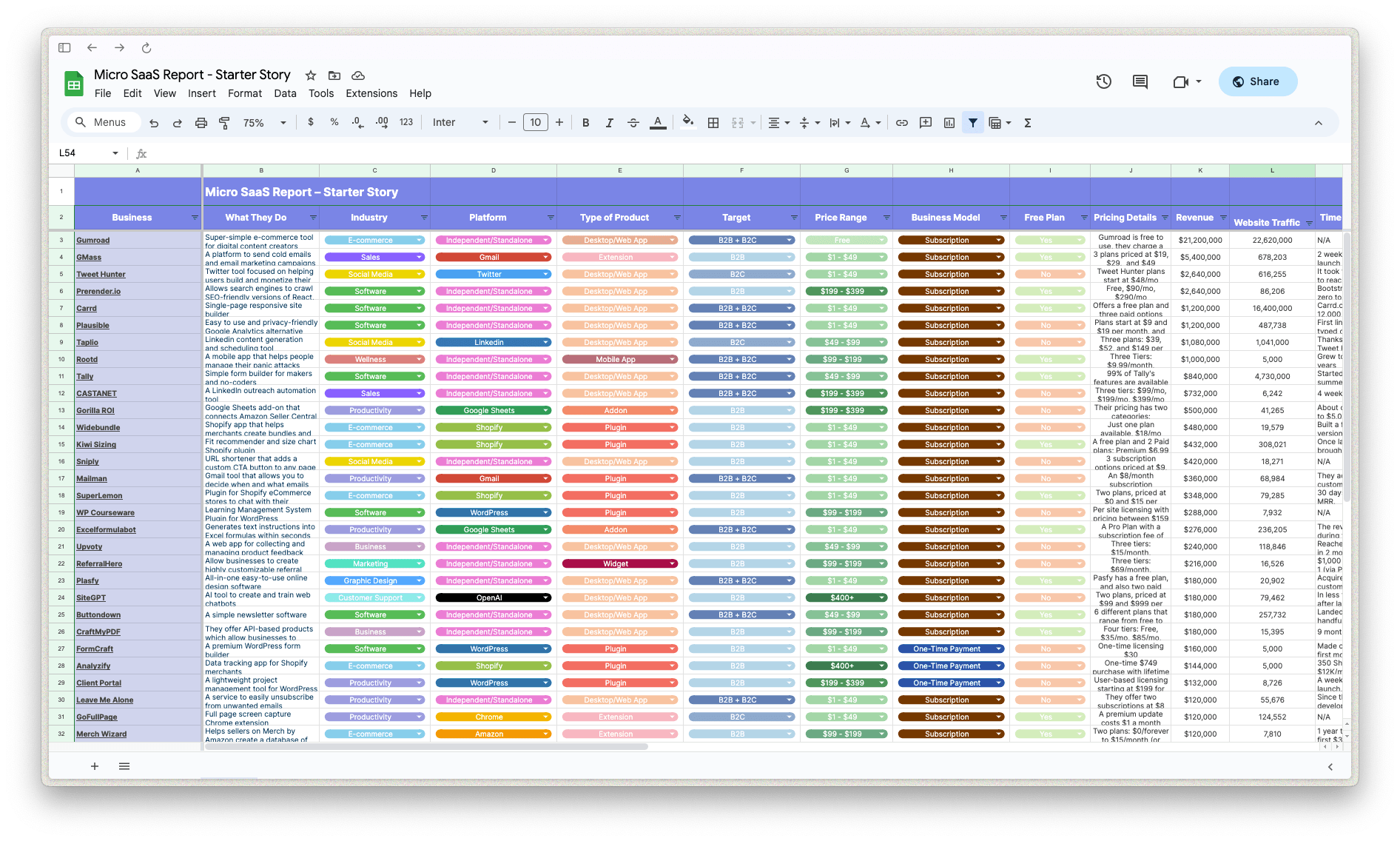
Download the report and join our email newsletter packed with business ideas and money-making opportunities, backed by real-life case studies.

Download the report and join our email newsletter packed with business ideas and money-making opportunities, backed by real-life case studies.

Download the report and join our email newsletter packed with business ideas and money-making opportunities, backed by real-life case studies.

Download the report and join our email newsletter packed with business ideas and money-making opportunities, backed by real-life case studies.

Download the report and join our email newsletter packed with business ideas and money-making opportunities, backed by real-life case studies.

Download the report and join our email newsletter packed with business ideas and money-making opportunities, backed by real-life case studies.

Download the report and join our email newsletter packed with business ideas and money-making opportunities, backed by real-life case studies.

Download the report and join our email newsletter packed with business ideas and money-making opportunities, backed by real-life case studies.

